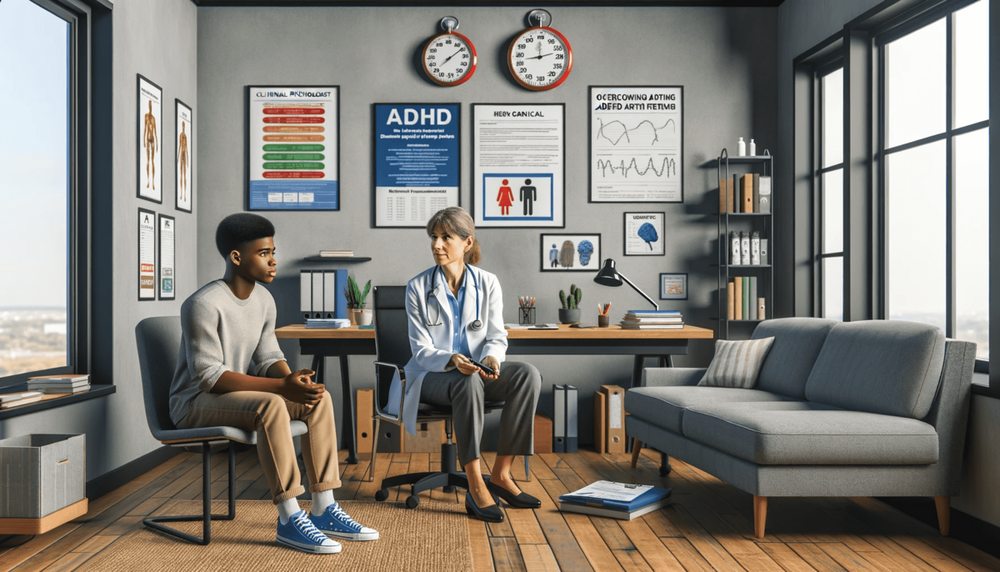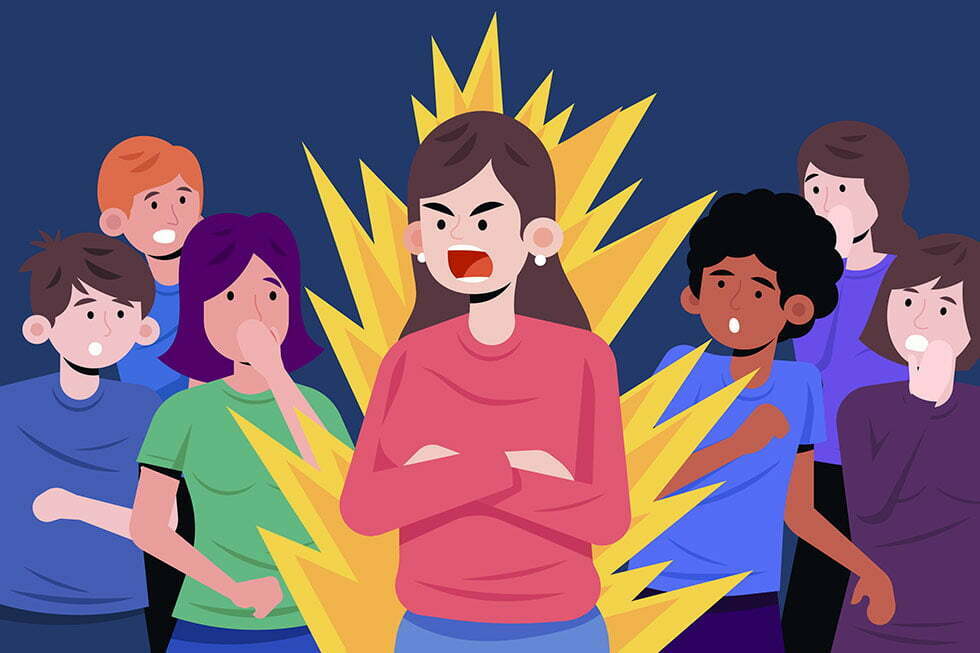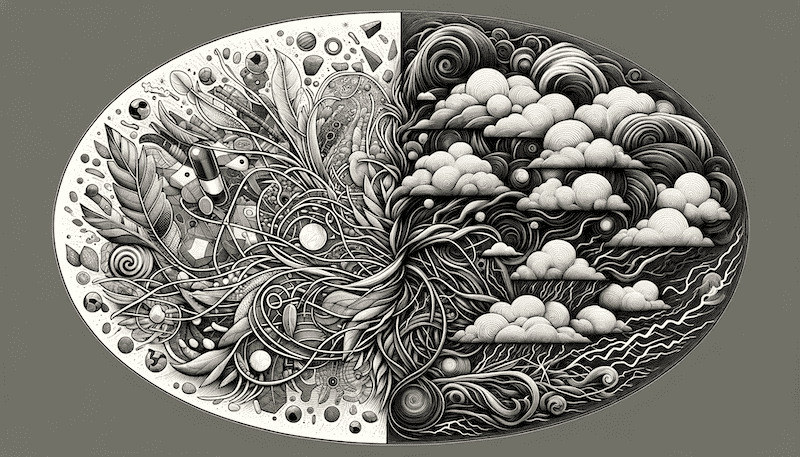
Navigating the complex web of attention deficit hyperactivity disorder (ADHD) symptoms – such as impulsivity, hyperactivity, and inattentiveness – can significantly impact an individual's performance in various aspects of life.

In this insightful article, Dr. Adeel Sarwar, Ph.D., a clinical psychologist, shares his expert perspective on the potential benefits and limitations of AI-driven therapy, with a particular focus on ChatGPT, an AI platform developed by OpenAI.

As a clinical psychologist specialising in ADHD, today I want to discuss a topic that has recently gained traction in the mental health community - misophonia.

The Multidimensional Anger Test, a comprehensive assessment designed to gauge various facets of anger, has emerged as a tool for introspection and self-awareness.

It's estimated that approximately 5-7% of children and 2.5-4.3 % of adults are affected by ADHD, but estimates vary widely due to differences in diagnosis and reporting methods across countries.

Attention-deficit/hyperactivity disorder (ADHD), a neurodevelopmental disorder, is characterized by difficulty in controlling impulsivity, behavior, and/or attention. It is estimated to affect 8 million people in the United States alone, with symptoms typically appearing before the age of 12.

If you have ADHD, you probably know all too well what it's like to feel overloaded. It can be challenging to stay on top of all the balls that need to be kept in the air at once—work, home life, and social obligations.

It's no secret that pornography is everywhere. It's easily accessible and anonymous, which can make it even more tempting to view. But what most people don't realize is that pornography can be addictive.